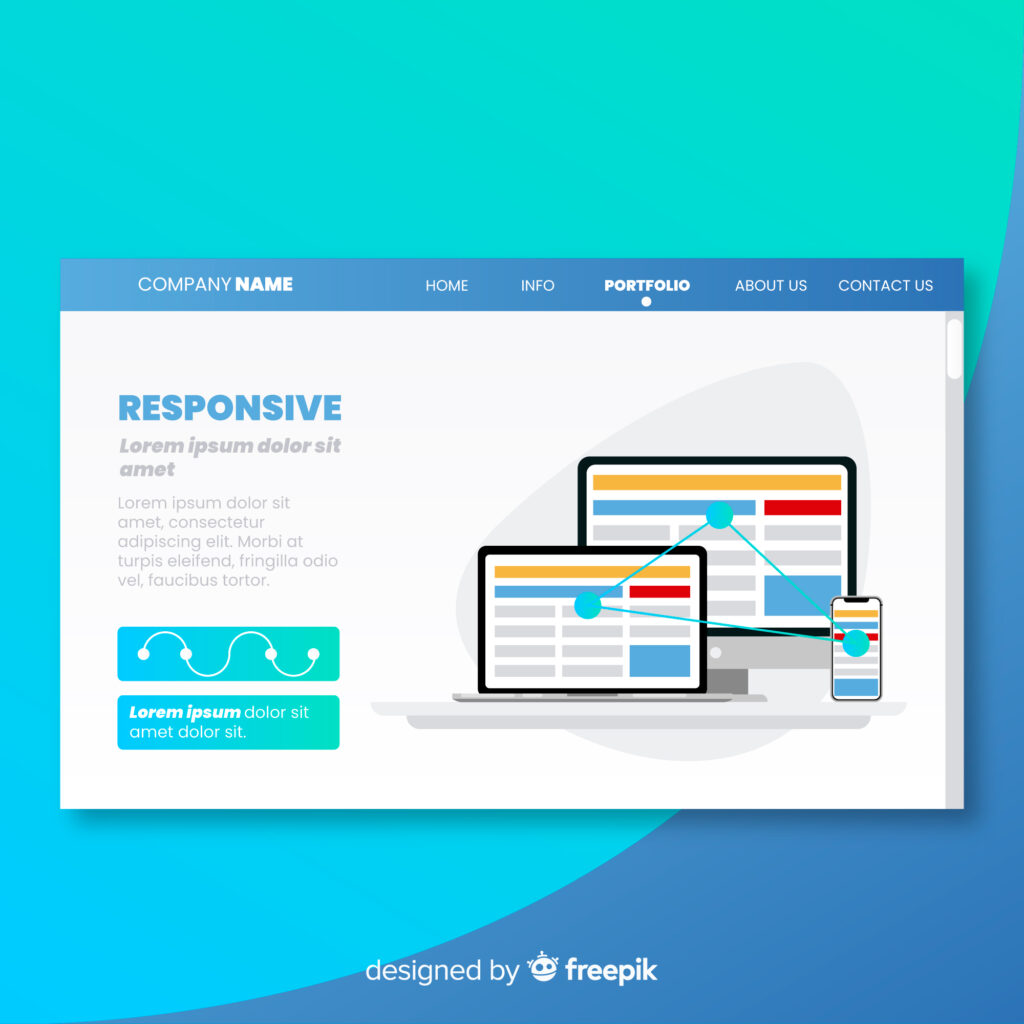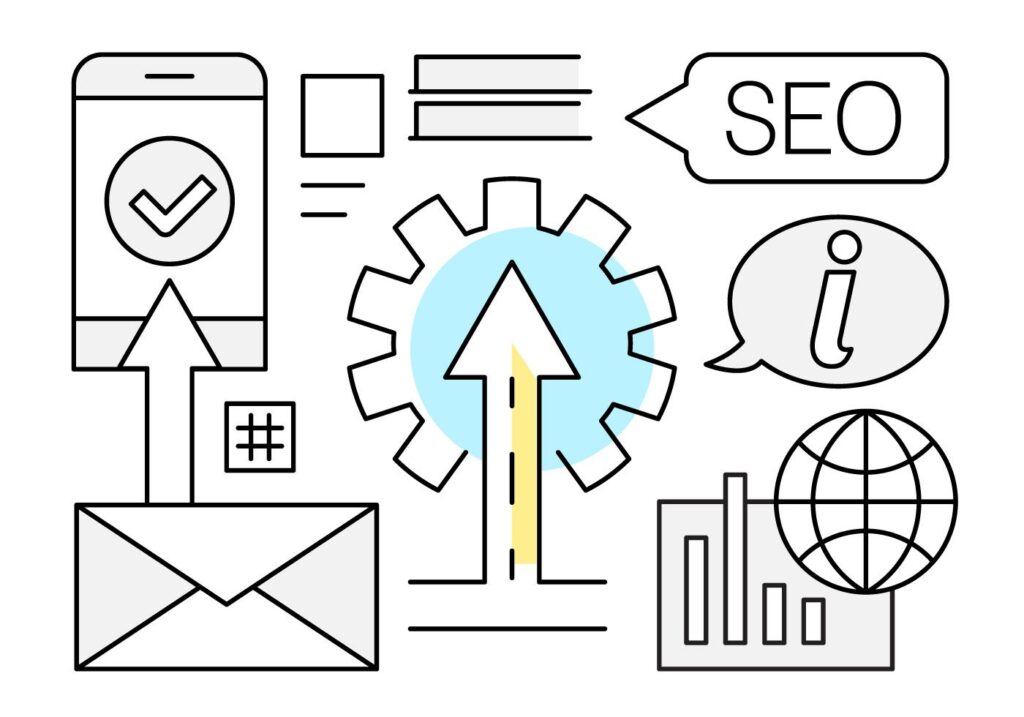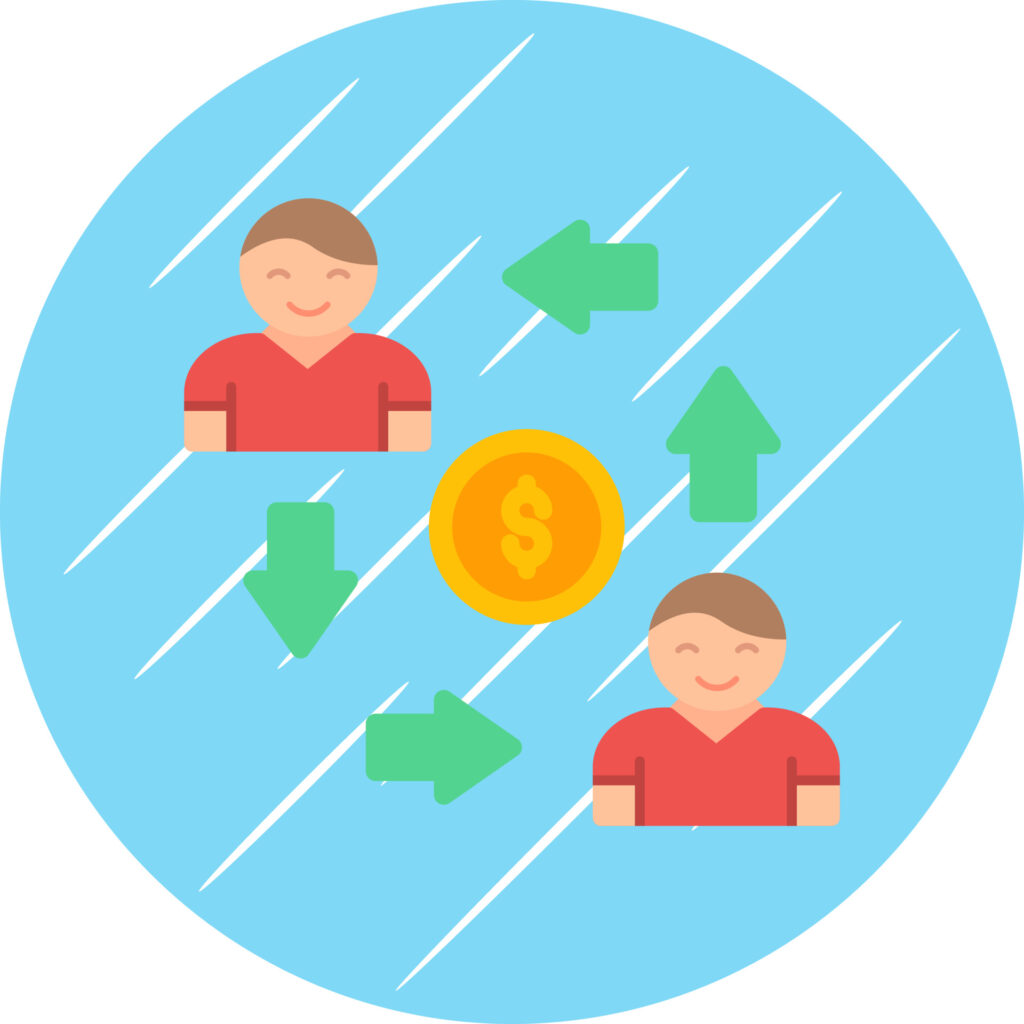Welcome to your ultimate guide on how to start a blog for affiliate marketing! Let me take you on a journey back to when I first embarked on this exciting adventure. I remember sitting at my kitchen table, laptop open, and a head full of dreams about creating a blog that not only shared my passion but also earned a steady income.
The road wasn’t always smooth, but every challenge taught me valuable lessons that I’m thrilled to share with you today.
Picture this: you’re sitting in your favorite cozy spot, armed with a cup of coffee and a notebook full of ideas. The concept of starting a blog has been swirling in your mind, but you’re not quite sure where to begin. This was exactly how I felt.
I had a niche I was passionate about, but the technical aspects seemed daunting. Over time, I learned that with the right guidance and a bit of perseverance, anyone can start a successful affiliate marketing blog.
In this post, we cover...
ToggleHow to start a blog for affiliate marketing
In this guide, I will walk you through each step of the process, sharing tips and insights from my own experiences. From choosing your niche to creating engaging content and monetizing your efforts, I’ve got you covered.
So, grab your favorite beverage, settle in, and let’s start this journey together. By the end, you’ll be ready to launch a blog that captivates readers and turns your passion into profit. Let’s dive into the world of affiliate marketing blogging!
ok lets learn How to start a blog for affiliate marketing after the google recent updates and tough times.
The Allure of Affiliate Marketing
Affiliate marketing is like the gold rush of the digital age. Imagine earning money every time someone clicks on a link in your blog and makes a purchase.

The allure is undeniable—passive income that grows as you sleep. No need for inventory, no customer service woes, just pure profit from promoting products you believe in.
Why Start a Blog for Affiliate Marketing?
Starting a blog is one of the most effective ways to dive into affiliate marketing. Blogs offer a platform to share your expertise, build a loyal audience, and seamlessly integrate affiliate links into valuable content.
Understanding Affiliate Marketing with blog
Unlike other forms of marketing, blogs allow you to establish authority in your niche and foster trust with your readers, making them more likely to click on your affiliate links.
What is Affiliate Marketing?
Affiliate marketing is a performance-based marketing strategy where businesses reward affiliates (that’s you!) for driving traffic or sales to their site through your promotional efforts.
Essentially, you promote products or services on your blog, and when your readers make a purchase through your unique affiliate link, you earn a commission.

How Does Affiliate Marketing Work?
The process is straightforward:
- Join an Affiliate Program: Sign up for affiliate programs that align with your blog’s niche.
- Get Your Unique Affiliate Links: Receive special tracking links from the program.
- Promote the Products: Integrate these links into your blog content.
- Earn Commissions: When someone purchases through your link, you get paid.
The Benefits of Affiliate Marketing
- Low Start-Up Costs: You don’t need to create a product or maintain inventory.
- Flexibility: Work from anywhere, set your own hours.
- Passive Income: Earn money continuously without constant effort once your content is live.
Choosing Your Niche
Importance of Selecting the Right Niche
Choosing the right niche is crucial. Your niche determines your blog’s focus and the type of audience you attract. A well-chosen niche helps you stand out in a crowded market and ensures you’re targeting an audience that’s interested in what you have to offer.

How to Identify a Profitable Niche
- Passion and Knowledge: Pick a niche you’re passionate about and knowledgeable in.
- Market Demand: Use tools like Google Trends and keyword research to gauge interest.
- Monetization Potential: Ensure there are enough products and affiliate programs available.
Evaluating Competition in Your Niche
Check out other blogs in your potential niche. Too much competition can be tough, but it also signals a profitable market. Look for gaps you can fill or unique angles to differentiate your blog.
Setting Up Your Blog
Choosing a Blogging Platform
Popular platforms include WordPress and Blogger. WordPress is highly recommended for its flexibility, extensive plugin library, and SEO capabilities.
I personally use WordPress for my own blogs I start and the existing ones also built in WordPress.
Choosing Starter Plugins for Starting
Let’s talk about plugins we should install when we start our new blog. See some plugins are very much important and essential for a new blog. here is the list for some of them which I also use personally in my niche websites:
- Easy Table of Contents
- Inline Related Posts
- Instant Indexing
- kk Star Ratings
- Link Whisper Free
- LiteSpeed Cache
- Rank Math SEO
- Reading Time WP
- WP Reading Progress
- WPFront Scroll Top
I recommend these plugins to use in your website some are also beneficial for SEO and have great plus points in on-page SEO after the Google updates this year.
Selecting a Good Theme
Your theme sets the tone for your blog’s design. Opt for a clean, responsive theme that looks good on all devices. Themes like Astra, GeneratePress, and Divi are great choices.
Creating a Good UI and Easy Navigation
A user-friendly interface is critical. Ensure your blog is easy to navigate with clear menus, a search function, and categorized content.

Let me tell you the starter UI & Navigation structure for starting the blog,
- so always add a header & footer to your blog.
- So Build the header nicely don’t put anything unnecessary there, this is the important section of your blog user navigate through it.
- Build a homepage custom don’t leave the homepage as the latest blog page.
- add a hero intro section at the starting of the after header on the homepage to describe briefly your website also add a good icon.
- Then Add a section for the categories you offer.
- Then comes the latest post section or anything related to the post.
- Then you can add section with a short about the owner with real details and describe how you built the site and whats your experience in this niche, add address, business email, business phone number, social media handle links and lastly add a photo of the owner. you have make this section as as possible and should be real.
- then comes the Footer, in there Divide in 3 column for first one add About us a little two line about the site with logo. Then the 2nd column use for list of Important page link for example about us, contact us etc. then comes the next column use that to list the categories you offer in your website.
Creating Important Pages for the Website
Essential pages include:
- About us Page: Share your story and build a connection with your audience.
- Contact us Page: Provide a way for readers to get in touch.
- Privacy Policy: Protect yourself legally and build trust.
- DMCA: Copyright Disclaimer Policy page
- Terms & Condition Page
- Disclaimer Page
Optimizing EEAT (Expertise, Authoritativeness, Trustworthiness)
Google values content that demonstrates EEAT. Build your expertise by showcasing your knowledge, authoritative by referencing credible sources, and trustworthiness by being transparent about your affiliate relationships.
Creating Quality Content
Importance of High-Quality Content
Content is the heart of your blog. High-quality content attracts readers, builds trust, and encourages people to click on your affiliate links.

Types of Content to Create
- Product Reviews: Provide honest, detailed reviews of products.
- How-to Guides: Offer step-by-step tutorials related to your niche.
- Informational: Provide information about specifc topic or related to your niche.
- Listicles: Create lists of top products or tips in your niche.
Content Planning and Scheduling
Consistency is key. Plan your content in advance using a content calendar. Schedule posts regularly to keep your audience engaged and coming back for more.
SEO Optimization
Basics of SEO
SEO, or Search Engine Optimization, is crucial for driving organic traffic to your blog. It involves optimizing your content so it ranks higher in search engine results.

On-Page SEO Strategies
- Keyword Research: Use tools like Ahrefs or SEMrush to find relevant keywords.
- Meta Descriptions: Write compelling meta descriptions to improve click-through rates.
- Internal Linking: Link to other posts on your blog to keep readers engaged.
Off-Page SEO Tactics
- Backlinks: Earn links from reputable sites to boost your blog’s authority.
- Social Media: Share your content to attract traffic and build backlinks.
Building an Audience
Leveraging Social Media
Social media platforms like Facebook, Instagram, and Twitter are powerful tools for promoting your blog and engaging with your audience.
Email Marketing Strategies
Build an email list to send newsletters, updates, and exclusive content to your subscribers. Email marketing helps nurture relationships and drives traffic back to your blog.
Engaging with Your Audience
Respond to comments, ask for feedback, and create a community around your blog. Engaging with your audience builds loyalty and trust.
Finding Affiliate Programs

Types of Affiliate Programs
- Product-Based: Promote physical or digital products.
- Service-Based: Promote services like web hosting or online courses.
How to Choose the Right Affiliate Programs
Look for programs with high commissions, reliable payouts, and products that align with your niche. Platforms like Amazon Associates, ShareASale, and CJ Affiliate are good starting points.
Applying to Affiliate Programs
Apply to affiliate programs that suit your niche. Be honest about your blog’s traffic and engagement metrics.
Incorporating Affiliate Links
Best Practices for Adding Affiliate Links
- Be Transparent: Always disclose your affiliate relationships.
- Be Relevant: Only promote products that are relevant to your content.
- Be Balanced: Don’t overstuff your content with affiliate links.
Disclosure and Transparency
Honesty is crucial. Clearly disclose your affiliate relationships to maintain trust with your audience.
Balancing Content and Promotion
Focus on providing value. Your content should be informative and engaging, with affiliate links naturally integrated.
Monetizing Your Blog
Beyond Affiliate Links: Other Monetization Methods

- Sponsored Posts: Partner with brands for sponsored content.
- Ad Networks: Use networks like Google AdSense to display ads.
- Membership Sites: Offer premium content or services for a fee.
Sponsored Posts and Collaborations
Collaborate with brands in your niche for sponsored posts. Ensure these collaborations align with your blog’s values and audience interests.
Selling Your Own Products or Services
Consider creating and selling your own products, such as eBooks, courses, or consulting services. This can diversify your income streams and enhance your brand.
Tools for Tracking Affiliate Link Performance
Use tools like Google Analytics, ClickMeter, and affiliate program dashboards to track clicks and conversions.
Analyzing Blog Traffic and Engagement
Regularly review your blog’s performance metrics. Understand what’s working and what needs improvement.
Adjusting Strategies Based on Data
Use data insights to refine your content and marketing strategies. Flexibility and adaptation are key to long-term success.
Common Mistakes to Avoid
Overlooking Niche Research
Skipping thorough niche research can lead to wasted efforts on an unprofitable topic. Take the time to choose the right niche.
Neglecting SEO Practices
Ignoring SEO can limit your blog’s visibility and traffic. Implementing good SEO practices is crucial.
Ignoring Audience Engagement
Failing to engage with your audience can result in low retention and loyalty. Always prioritize building a strong community.
Conclusion
Starting a blog for affiliate marketing can be a rewarding venture if done correctly. From choosing the right niche to creating quality content and leveraging SEO, each step is crucial for success. I’m sure this How to start a blog for affiliate marketing guide have successfully given information to take your first step!
Ready to dive in? Take the first step today and start your affiliate marketing blog. You’ve got this!
FAQs
How long does it take to make money from affiliate marketing?
It varies. Some bloggers start earning within a few months, while others may take a year or more to see significant income. Consistency and effort are key.
Do I need to invest money to start an affiliate marketing blog?
While you can start with minimal investment, purchasing a domain, hosting, and premium tools can significantly enhance your blog’s success.
Can I use social media alone for affiliate marketing?
Social media can supplement your efforts, but having a blog provides a stable platform for detailed content and SEO benefits.
What are the best platforms for affiliate marketing?
WordPress is highly recommended due to its flexibility and extensive plugin options. Other options include Wix and Squarespace.
How often should I update my blog?
Aim for at least one high-quality post per week. Consistency is important for SEO and audience retention.




3 Responses
Your article helped me a lot, is there any more related content? Thanks!
yes i recently wrote one more related article you can read here: https://dildigital.com/how-to-make-money-reviewing-amazon-products/